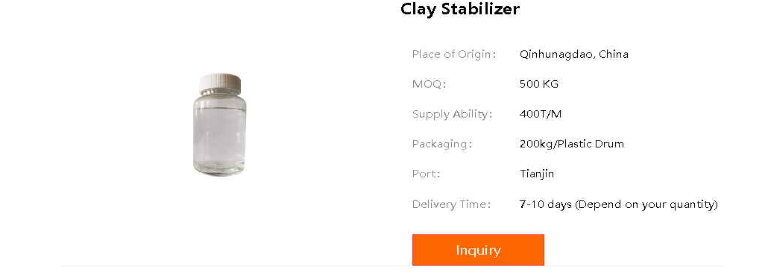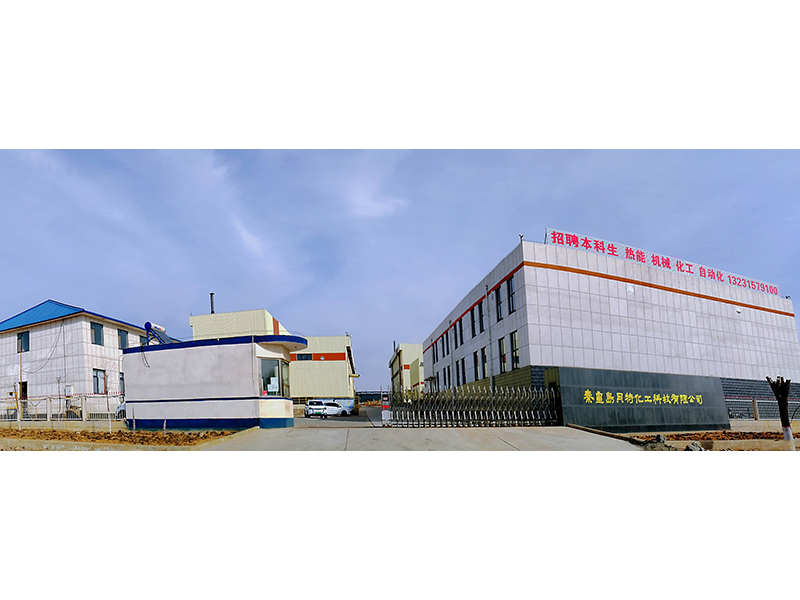Common Problems of Clay Stabilizers at Oilfield Sites in 2024
Sep 02,2025

The common problems that may arise when clay stabilizers are applied in oilfield operations are as follows:
1. Compatibility issues with other additives: Different additives may undergo chemical reactions with clay stabilizers, leading to a decrease in their performance. For example, certain clay stabilizers may react with biocides, corrosion inhibitors, etc., affecting their stability.
Solution:
Two approaches can be taken to address this issue. Firstly, in terms of system design, clay stabilizing factors should be considered in the early stages of oilfield development, reducing the risk of clay expansion through wellbore trajectory design and completion techniques. Secondly, pre-testing is crucial. Before actual usage, laboratory testing should be conducted to ensure compatibility between clay stabilizers and other chemicals, reducing the occurrence of instability.
2. Sensitivity of clay stabilizers to temperature: Some clay stabilizers may decompose or become ineffective at high temperatures, especially in deep layers or hot oil reservoirs.
Solution:
There are two solutions. Firstly, use multi-component mixtures by blending various types of clay stabilizers to enhance their adaptability and stability in complex environments. Secondly, utilize high-temperature stabilizers by selecting clay stabilizers suitable for high-temperature conditions, such as the high-temperature clay stabilizer produced by Beite, capable of withstanding temperatures exceeding 300°C.
3. Difficulty controlling the concentration of clay stabilizers: If the concentration is too low, clay expansion may not be effectively suppressed; if too high, it could lead to additional costs and potential environmental pollution.
Solution:
Several methods can be employed. Firstly, optimize the clay stabilizer formula by determining the best clay stabilizer concentration through experiments to ensure effectiveness while minimizing waste. Secondly, utilize modern sensor technology and data analysis to monitor underground conditions in real-time, adjusting the injection volume and formula of clay stabilizers promptly.
4. Selection of clay stabilizers: Different types of clay may require different stabilizers, and choosing the wrong one may exacerbate clay expansion or migration.
Solution:
The first option is a customized solution (Beite company offers personalized solutions): Select the most suitable clay stabilizer based on the specific clay type and properties in the reservoir.
If you are interested in clay stabilizers, you are welcome to contact us. You are also welcome to visit our factory in China.
Whats App : +86 18731531256
E-mail : info@beitechemical.com
Address : Lulong Chemical Industry Development Zone, Qinhuangdao,China

Contact Us
E-mail:admin@beitechemical.com
WhatsApp:+86 18731531256
Address:Lulong Chemical Industry Development Zone, Qinhuangdao,China






